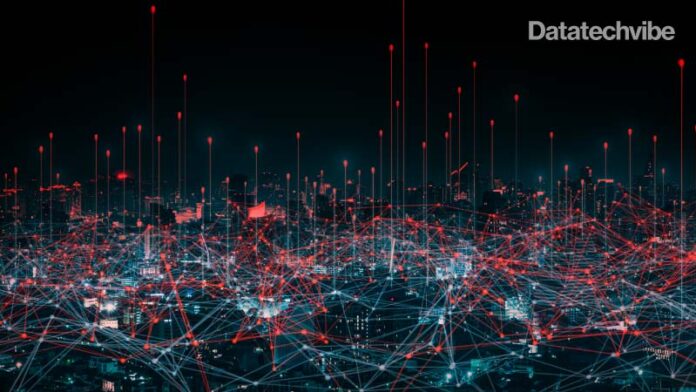When one thinks of 5G and the future it might hold, automation of 5G drones, immersive entertainment, 5G autonomous vehicles and hybrid collaborations at the workplace are only some innovative scenarios that excite both businesses and customers. It is indisputable that 5G is a revolutionary technology. Although the industry is still in testing waters, some major security concerns need to be quickly addressed.
Researchers worldwide have been extensively studying the new and improved technology for a few years now. While a few red flags have been raised, the primary concern is security. Despite 5G being more secure than 4G, the security flaws it might entail are far more dangerous than 4G. For instance, a couple of years ago, researchers from Purdue University and the University of Iowa claimed that users’, spoof emergency alerts or a silent disconnection of 5G connected phones from the network by hackers is possible.
Stakes are High with Network Slicing
5G network slicing will generate billions of dollars for communication service providers for the next five years, and they will continue to strengthen their capabilities beyond just connectivity. A couple of months ago, an ABI Research study predicted that 5G network slicing would generate over $20 billion by 2026. So, what is the cause of alarm?
Also Read: Can AI Lessen Brand Identity Gap?
Recently, AdaptiveMobile Security unveiled vulnerabilities in the architecture of 5G network slicing. More specifically, flaws with the way 5G uses OAuth to provision network slicing. Network slices can get more access than necessary, which means that even one network node getting compromised could cause tremendous chaos. They indicate three significant risks: attackers can exploit security shortcomings and extract user data, get access to a network function of another vertical and launch a denial of service attack across slices.
Although the risk is low, considering the limited number of mobile operations with network slices, the possibility of a spillover effect in the future can be detrimental. The research suggests some measures to eliminate this risk. Authorisation should be detailed enough to avoid impersonation of another user or network slice, the receiving node should be able to access and validate information across layers, and networks must focus on security and configure accordingly.
Risks Don’t Stop Here…
Another critical area is availability compromise, where the hacker displaces the network and takes it offline. Disrupting businesses will most likely cause significant data and revenue loss. Experts believe that the only method to steer clear of availability compromise is to include several 5G networks, use multiple vendors or use a private, local 5G network. An offline, fixed backup could also be incorporated.
With the loss of network comes the loss of data. Data compromise is another area of risk where third parties hacking into the device with a 5G network and either steal or destroy the device data. For instance, many organisations use CCTV devices that collect sensitive, private data. Infiltration of such devices would cause global panic, and the particular organisation would be liable to the data protection regulations.
The speed of 5G is equally susceptible to threats. With faster speed, bad actors can steal data in much less time. Earlier, high network traffic was a sign of conspicuous activity, and organisations would be on high alert. Now, with a high speed, high volume network, it would hardly be noticeable.
Also Read: Top trends in Natural Language Processing
An attack on a single Application Programming Interface (API) could destroy the entire 5G infrastructure. When leveraged by 5G to enable communications among service functions, API insecurities can expose core services and put the 5G network at risk.
The Need of the Era: 5G Cybersecurity
For the technology to be a true success with unprecedented growth, policymakers will have to work with the private sector to implement control measures and strategies. The adoption of a zero-trust framework is crucial to the security of the 5G network. It will not only monitor security systems but also limit access to all interactions.
Supply chains are becoming easy targets for hackers. Major cyberattacks like the Solarware attack are a testament to the need for the security verification of supply chains. From development, delivery to implementation, a strategic analysis of the 5G vendor system and their supply chains are of utmost importance.
Preventive security controls with AI and ML help will be essential to help monitor security systems and the physical devices connected to 5G networks. Adopting Manufacturer Usage Descriptions (MUD) can also help monitor 5G-powered IoT devices.
Companies worldwide are heavily investing in 5G technology, no matter how uncertain the consequences and looming threats. It’s no secret that the increased expansion of the 5G network that links the physical and virtual world will bring along societal-wide impacts. Nevertheless, countries have more faith in the gains 5G will bring about. While experts acknowledge the immense potential of 5G, they urge authorities to keep security infrastructure and policies in place on their priority list. Protection of 5G and all 5G-enabled devices is imperative.









